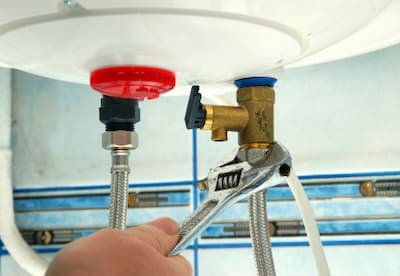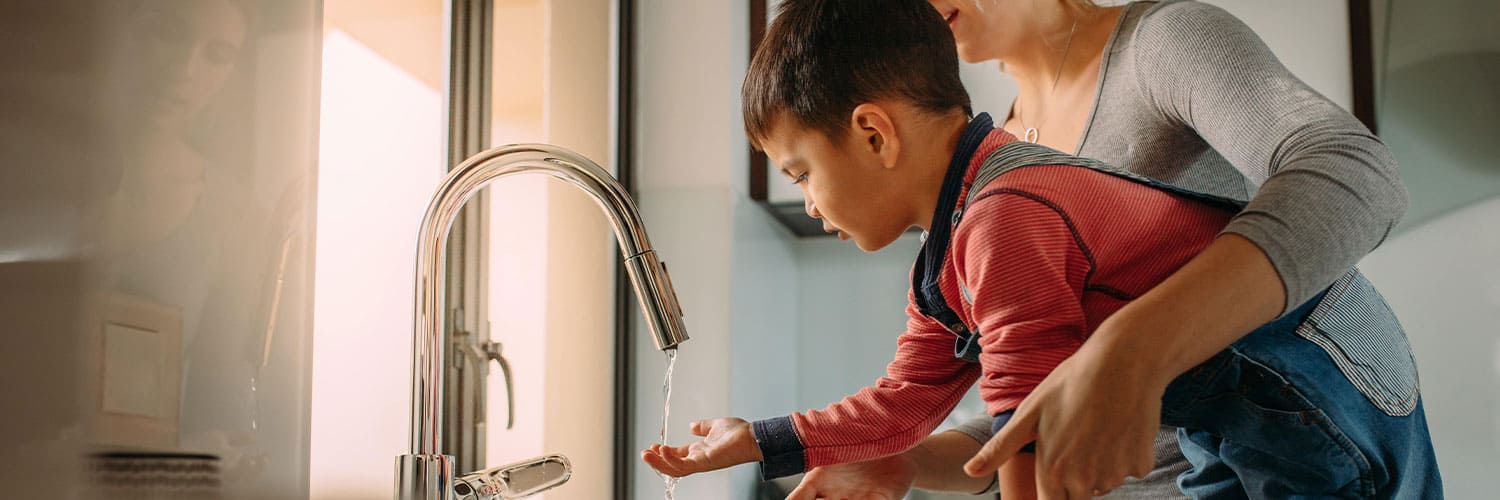Caring for Your Home's Hot Water System: Important TipsTop Ways to Care for Your Home's Hot Water System Effectively
Caring for Your Home's Hot Water System: Important TipsTop Ways to Care for Your Home's Hot Water System Effectively
Blog Article
Are you currently trying to locate help concerning How to Maintain Your Water Heater & Prolong its Life?

Warm water is essential for everyday comfort, whether it's for a rejuvenating shower or washing meals. To guarantee your hot water system runs effectively and lasts much longer, regular upkeep is vital. This article offers sensible tips and insights on exactly how to keep your home's hot water system to prevent disruptions and expensive repair work.
Intro
Keeping your home's warm water system might appear overwhelming, but with a few basic actions, you can ensure it operates efficiently for several years to come. This overview covers every little thing from understanding your warm water system to DIY upkeep tips and recognizing when to hire expert assistance.
Relevance of Keeping Your Warm Water System
Regular maintenance not only prolongs the life-span of your warm water system yet also ensures it runs effectively. Neglecting maintenance can cause decreased effectiveness, higher energy costs, and even early failure of the system.
Indicators Your Hot Water System Requirements Maintenance
Understanding when your warm water system requires focus can avoid significant issues. Watch out for signs such as inconsistent water temperature level, unusual sounds from the heater, or rustic water.
Recognizing Your Hot Water System
Prior to diving right into maintenance jobs, it's helpful to comprehend the standard parts of your warm water system. Usually, this consists of the water heater itself, pipes, anode poles, and temperature level controls.
Month-to-month Upkeep Tasks
Regular regular monthly checks can aid capture minor problems prior to they escalate.
Flushing the Hot Water Heater
Purging your water heater gets rid of debris build-up, enhancing effectiveness and prolonging its life.
Checking and Changing Anode Rods
Anode rods avoid corrosion inside the tank. Evaluating and changing them when worn is important.
Examining and Adjusting Temperature Settings
Changing the temperature settings makes certain ideal performance and safety.
Do It Yourself Tips for Upkeep
You can carry out several upkeep jobs yourself to keep your warm water system in top condition.
Checking for Leakages
On a regular basis evaluate pipelines and connections for leakages, as these can cause water damage and greater expenses.
Evaluating Pressure Alleviation Valves
Evaluating the pressure safety valve ensures it operates properly and avoids too much stress buildup.
Insulating Pipelines
Protecting hot water pipelines decreases warmth loss and can save energy.
When to Call an Expert
While DIY upkeep is useful, some issues need professional know-how.
Complicated Concerns Calling For Expert Aid
Examples consist of major leakages, electrical issues, or if your water heater is constantly underperforming.
Routine Specialist Maintenance Perks
Professional upkeep can consist of extensive examinations, tune-ups, and making certain conformity with safety requirements.
Conclusion
Routine upkeep of your home's hot water system is necessary for efficiency, durability, and price savings. By complying with these pointers and knowing when to seek expert aid, you can make certain a reputable supply of warm water without unexpected interruptions.
How to Maintain an Instant Hot Water Heater
Before tinkering with your hot water heater, make sure that it’s not powered on. You also have to turn off the main circuit breaker and shut off the main gas line to prevent accidents. Also turn off the water valves connected to your unit to prevent water from flowing into and out of the appliance. 2. When you’re done, you have to detach the purge valves’ caps. These look like the letter “T” and are situated on either side of the water valves. Doing so will release any pressure that has accumulated inside the valves while at the same time avoid hot water from shooting out and burning your skin. 3. When the purge valves’ caps are removed, you have to connect your hosing lines to the valves. Your unit should have come with three hoses but if it didn’t, you can purchase these things from any hardware or home repair shops. You can also get them from retail stores that sell water heating systems. Read the user’s manual and follow it to complete this task properly. When the hosing lines are connected, open the purge port’s valves. 4. You should never use harsh chemical cleaners or solutions when cleaning your unit. Make use of white vinegar instead. It should be undiluted and you’ll probably use about 2 gallons. 5. Now flush your water heater. This task should probably take about 40 minutes. We can’t give you specific directions for this because the procedure is carried out depending on the type, model and brand of your heater. With that being said, refer to the user’s manual. 6. When you’re done draining the unit, you have to turn off the purge port valves again. Remove the hosing lines that you earlier installed on each of the water valves. Put the valve caps (purge port) back in their respective places and be very careful so as not to damage the rubber discs that are found inside these caps. 7. Now that everything’s back in place, check your user’s manual again to find out how to reactivate your water heating system. 8. Once it is working, turn one of your hot water faucets on just to let air pass through the heater’s water supply pipes. Leave the tap on until water flows smoothly out of it. https://www.orrplumbing.com/blog/2014/september/how-to-maintain-an-instant-hot-water-heater/

As a reader on Tips For Maintaining Your Hot Water Heater, I assumed sharing that blog post was really useful. Are you aware of somebody else who is involved in the subject? Why not promote it. We thank you for reading our article about How to Maintain a Hot Water Heater in a Few Simple Steps.
Make An Appointment Report this page